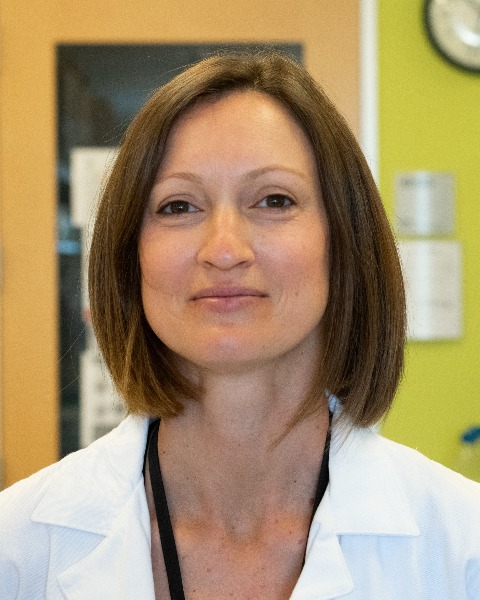Basic Science
Poster Session 4
(1077) Sphingolipid profile in human uterus at term.

Magdaleena Naemi Mbadhi, MBBS, MSc
Washington University in St. Louis, School of Medicine
St. Louis, MO, United States- KM
Kaci Martin, BS
Washington University in St. Louis, School of Medicine
St. Louis, MO, United States - RG
Ruth Gill, MSc
Washington University in St. Louis, School of Medicine
St. Louis, MO, United States 
Nandini Raghuraman, MD MSCI (she/her/hers)
Assistant Professor
Washington University School of Medicine in St. Louis
St. Louis, Missouri, United States- KS
Kumar Saurabh, PhD
Washington University in St. Louis, School of Medicine
St. Louis, MO, United States 
Antonina I. Frolova, MD, PhD (she/her/hers)
Assistant Professor
Washington University School of Medicine in St. Louis
St. Louis, MO, United States
Primary & Presenting Author(s)
Coauthor(s)
Sphingolipids are a diverse class of bioactive lipids that have emerged with essential regulatory roles in various physiological and pathological processes. Prior work has shown that the bioactive sphingolipid, sphingosine-1-phosphate (S1P), activates a pro-inflammatory phenotype in human myometrium. This study examined the concentrations and distribution of sphingolipids in human term non-labor (TNL) and labor (TIL) amnion, chorion/decidua, and myometrium.
Study Design:
This prospective study included 5 term TNL and 5 term TIL tissue samples collected during cesarean at ³37 weeks gestation. Samples were flash-frozen within one hour of delivery and stored at -80oC until processing. Sphingolipids were extracted from the tissues and quantitated using high-performance liquid chromatography-mass spectrometry (HPLC-MS/MS). Two-way ANOVA was used to compare lipids between TNL and TIL samples. Tukey post-hoc test was used to adjust for multiple comparisons.
Results:
Concentrations of S1P were significantly more abundant in the myometrium compared to the chorion/decidua and amnion at TNL and TL (Fig A). There was no significant difference in S1P levels between TNL and TIL in any of the three tissue types. The levels of sphinganine (SPA), a ceramide and sphingosine (SPH) precursor, were higher in the chorion/decidua than in the amnion and myometrium in TNL and TIL. Levels of SPH, the direct precursor of S1P, were significantly higher in the chorion/decidua and myometrium compared to amnion in both TNL and TL. To understand the S1P turnover rate, we looked at the ratio of S1P to its precursors. S1P:SPH (Fig B) and S1P:SPA ratios were both significantly higher in the TIL compared to TNL myometrium.
Conclusion:
Our study presents a quantitative profile of the major sphingolipids in human uterine tissues at parturition. The active metabolite, S1P, is highest in the myometrium. Additionally, S1P:SPH and S1P:SPA ratios suggest a higher turnover rate of S1P during labor. These data suggest a potential role for S1P in myometrial contractility during parturition.


